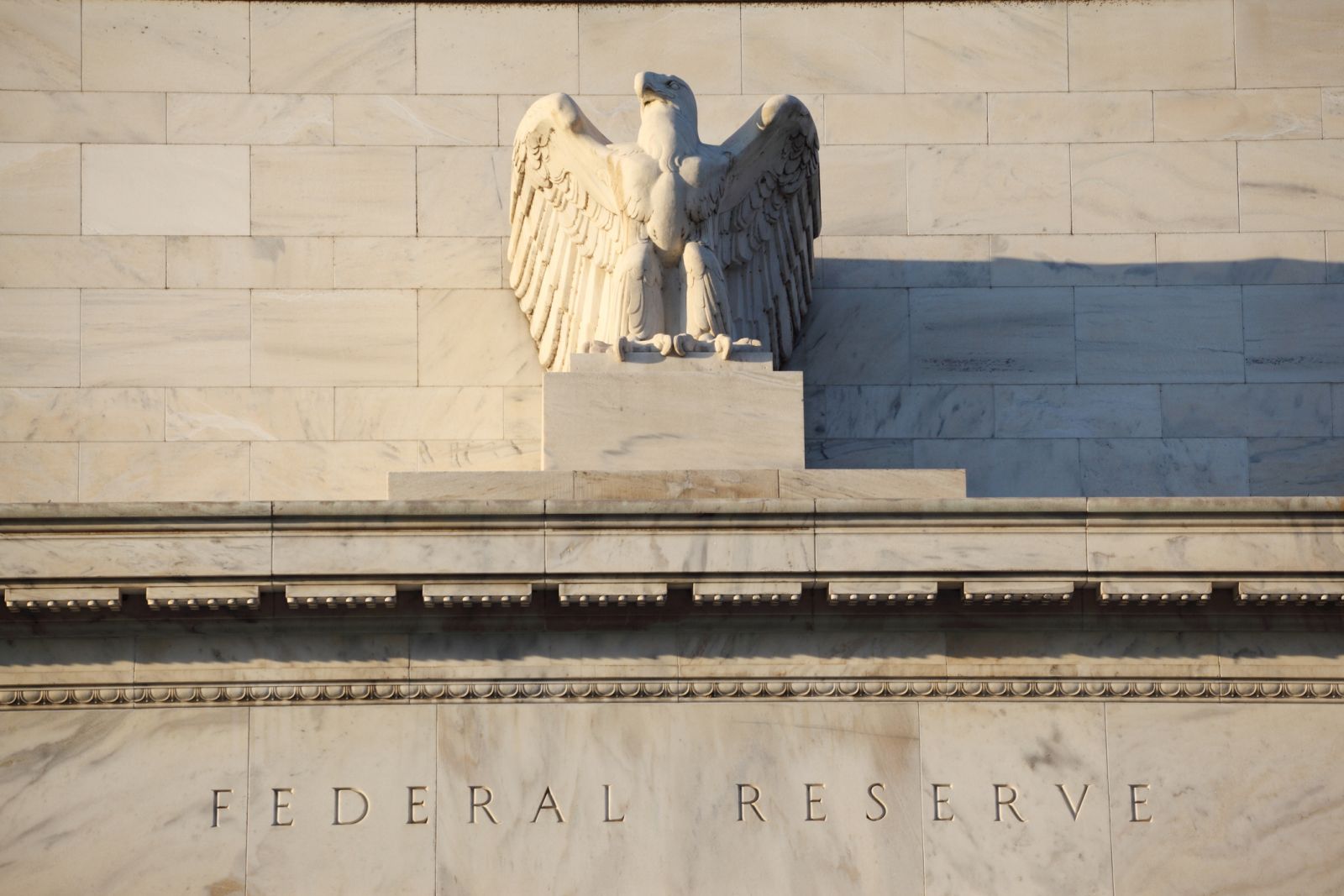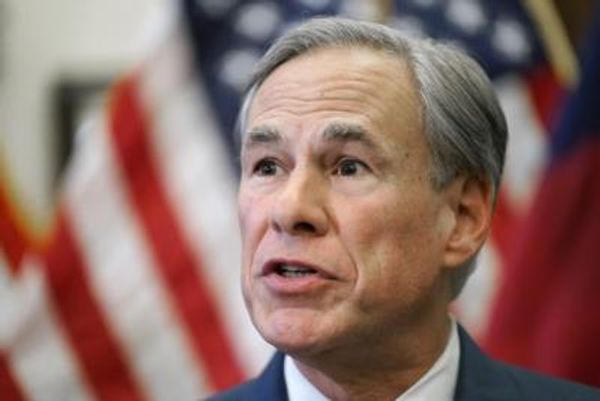
The 10-year T-note yield last Friday posted a 16-year high of 4.885% and is up more than +100 bp this year. Elevated U.S. consumer prices and a surprisingly strong labor market have bolstered expectations for the Fed to keep interest rates higher for longer. Resilient demand in the U.S. economy has complicated the Fed’s efforts to get inflation down to its 2% preferred level and has fueled the recent rise in Treasury yields.
Last Friday’s monthly U.S. payrolls report was surprisingly strong and didn’t settle the debate about whether the Fed is done hiking interest rates. U.S. Sep nonfarm payrolls surged +336,000, well above expectations of +170,000 and the largest increase in eight months. Also, Aug nonfarm payrolls were revised upward by 40,000 to +227,000 from the initially reported +187,000. The only bright spot for the Fed in the payrolls report was an easing of wage pressures after U.S. Sep average hourly earnings eased to +4.2% y/y, weaker than expectations of +4.3% y/y.
The U.S. consumer price report, to be released this Thursday, may show an easing of price pressures, but perhaps not by enough to satisfy the hawks on the Federal Reserve. Sep core CPI (ex-food and energy) is expected to ease to 4.1% y/y from +4.3% y/y in August. Although an expected reading of +4.1% y/y will be the slowest year-on-year increase in 2 years, it is still well above the Fed’s preferred 2.0% price target. Also, the surge in crude prices late last month to a 13-month high may keep inflation expectations elevated despite the sharp decline in crude and gasoline prices last week.
Recent Fed comments suggest the Fed may want to keep interest rates higher for longer to curb inflation and slow the U.S. labor market. New York Fed President Williams said, "My current assessment is that we are at, or near, the peak level of the target range for the federal funds rate, though I expect we will need to maintain a restrictive stance of monetary policy for some time." Also, Cleveland Fed President Mester said, "I suspect we may well need to raise the fed funds rate once more this year and then hold it there for some time as we accumulate more information on economic developments and assess the effects of the tightening in financial conditions that have already occurred."
As recession fears have ebbed, the market is quickly pricing out expectations that the Fed will pivot to lowering interest rates anytime soon. Current market expectations are close to 50/50 for the Fed to raise rates by 25 bp again this year at the November or December FOMC meeting. The markets are then expecting the FOMC to begin cutting rates in the second half of 2024 in response to an expected slowdown in the U.S. economy. However, the U.S. economy has proven more robust than anticipated. That is keeping the fire lit under inflation and forcing the Fed to acknowledge that it might have to keep interest rates higher than once thought.
On the date of publication, Rich Asplund did not have (either directly or indirectly) positions in any of the securities mentioned in this article. All information and data in this article is solely for informational purposes. For more information please view the Barchart Disclosure Policy here.






